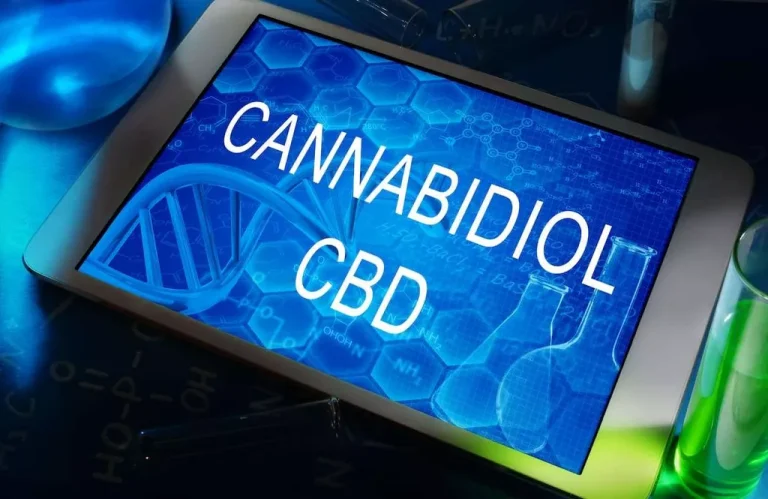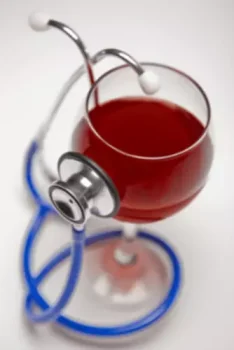
Drug and alcohol treatment is an important part of addiction recovery, but there is no one-size-fits-all program for substance use treatment. Instead, there are several different types of treatment programs—each varying in setting, duration, and intensity—to fit an individual’s specific needs. Some outpatient facilities offer you the ability to reside at home or live in a sober living facility throughout 90 days of outpatient https://ecosoberhouse.com/ therapy. While this may provide some leeway, it also emphasizes the need to have a support system in place to keep you on track and accountable for your choices. This is because relapses may occur even when people are receiving therapy, especially when they don’t reside in a facility. Having someone to report to on your recovery progress can serve as a great motivator when you’re struggling to resist drinking or drug use.
Drug addiction (substance use disorder)
Inpatient and residential drug and alcohol treatment programs require that the patient live at the center as a resident. Committing to a rehab stay means spending time away from work, school, and other obligations until treatment is completed. Drug treatment program lengths do vary, not only for each individual but for each treatment facility, as well.

Psychedelic drug MDMA eases PTSD symptoms in a study that paves the way for possible US approval
Recovery involves rebuilding a life— returning to wellness and becoming a functioning member of society. Every person needs a comprehensive recovery plan that addresses educational needs, job skills, social relationships, and mental and physical health. Therapy may be critical to resolving underlying problems that made escape into substance use so appealing in the first place.
What Is Treatment Success?
Treatment programs exist that are specifically designed to last for longer periods of time, starting at 90 days, with some other programs lasting for one to two years. Although most inpatient programs are only three to four weeks long, many clients find that having access to round-the-clock care and support is invaluable. Residential programs are a common component of long-term treatment plans and require clients to live at the institution for the length of their care. You can complete all parts of drug rehab in as little as 10 to 15 days.
- Other facilities don’t introduce therapy untilpatients formally transition into the next phase of rehab.
- Additionally, medications are used to help people detoxify from drugs, although detoxification is not the same as treatment and is not sufficient to help a person recover.
- It can take time to trust staff and open up about issues, and having a longer period of treatment can make this easier.
- Or ask for a referral to a specialist in drug addiction, such as a licensed alcohol and drug counselor, or a psychiatrist or psychologist.

If you’re leaving the facility,the treatment team should help you develop an aftercare plan and refer you to an outpatient treatment provider. Long-term rehabilitation and sustained abstinence from drug misuse need equally nuanced treatment approaches. While many drug rehabilitation programs are 60 days long, not all of them employ the same treatment approaches. To complete a 60-day drug recovery program, you are likely to reside at the facility for around two months.
Steps of Rehab
Between days three and five, the most severe symptoms have usually subsided. Though diarrhea typically stops around this time, the patient will still experience chills, goosebumps, and vomiting, as well as abdominal cramping. As one can see, the combination of symptoms experienced during opiate withdrawals tends to present much like those of the flu. Other factors may make it difficult for someone to stay in rehab for an extended period. A 90-day program is a typical duration for addiction rehabilitation.
Rapid detox may shorten rehab time but is exceptionally unpredictable even under controlled conditions and extremely dangerous. Therefore, it is advised to discuss extensively with a medical professional some possible alternatives with lesser physical and mental health risks. The simple answer is that every addiction, though caused by substance abuse, is unique and is affected by many factors. For example, some people may ask how long rehab lasts due to the difference in the recovery rate of patients. A rehab program may last 30 days, 60 days, 90 days, or more than 120 days.
Many programs will also rely on 12-step programs such as Alcoholics Anonymous. Physiological symptoms may remain with the patient for months to several years. Between five and seven days is when symptoms tend to decrease in intensity. After two or three how long is drug rehab months, many of the symptoms seem to ease up, and the person starts to feel better. At the end of the first week is when things lighten up, though the person may still experience nausea, anxiety, restlessness, and insomnia for quite some time.

Different Lengths of Drug and Alcohol Rehab Programs
- Depression is a good example of a co-occurring condition you need to get a handle on in treatment.
- Some opt to go to an inpatient rehab of their own accord, while others are mandated to attend, whether by the legal system or family members.
- Without steady employment, many people relapse into alcohol ordrug addiction.
- Marta Nelson of Advanced Recovery Systems describes how rehab centers ensure compliance with health regulations and undergo evaluations by accreditation organizations.
Certain factors like age, medical history, and addiction severity determine how long a person should stay in rehab. Drug addiction treatment programs are typically available in 30, 60, and 90-day increments. Challenges at this stage of treatment include cravings, social pressure to drink, and high-risk situations that can trigger alcohol consumption. It is during this early abstinence stage that your trained addiction counselor will begin to teach you the coping skills that you need to lead a sober lifestyle. The tools that you learn to use now will help you throughout your recovery. That is because the brain is plastic and changes in response to experience—the capacity that underlies all learning.
How Long Does Inpatient Rehab Last?
According to the National Institute on Drug Abuse (NIDA), the minimum recommended length of stay for effective treatment is 90 days. Substance use disorder is a chronic illness that requires ongoing care and management. Determining the ideal length of stay in rehab can be challenging as each individual’s needs are unique. Each individual’s journey through recovery will be unique, and their needs will differ accordingly. That’s why we tailor each program based on each individual’s specific needs.



















